The method of marble application on the facade can be done in two different ways. The first of these methods is the mortar method and the other is the anchored method. Both of these methods have different advantages and disadvantages. Which application method to choose in a building varies depending on the height of the building, budget, design criteria and the nature of the design.
Mortar Method: It is a method in which the marble exterior cladding material is adhered to the facade surface with natural stone adhesive or specially prepared cement-based mortar. The quality of the surface and the bonding method are important for the material to be adhered to the surface correctly. In order for the facade surface to hold the prepared mortar or adhesive well, the entire surface must be cleaned and rust, oil, dust, etc. residues must be removed. The presence of such residues on the surface significantly prevents the mortar from adhering to the surface. After the surface is cleaned, the mortar should be applied with a spatula, trowel
or with equipment called a squeegee. At this stage, it is ensured that the marble piece to be adhered to the mortar adheres completely to the surface. Establishing the material-surface relationship equally in all parts of the marble piece, ensuring that there is no surface difference between the surfaces glued side by side, and leaving sufficient joint space are the main issues to be considered at this stage. Considering the fact that marble may undergo expansion due to temperature differences, it should be ensured that the joint gaps are the same on all surfaces. Joint gaps should be filled after the entire process is completed. Mortar exterior cladding applications are applications where the construction phase is completed quickly and at low cost and marble has a long life as a material. Since it does not require any drilling process in the application area and on the marble surface, the installation is completed faster.
possible. Since there is no distance between the surface and the marble, it is a more resistant manufacturing method against external impacts. However, especially 7m
Mortar application is not recommended for building heights exceeding 10 m. Because the weight of the stone is transferred directly to the wall and the stones to each other.
Anchored (Mechanical) Method: This method, also called “mechanical assembly”, is a method in which stone cladding materials are mounted to the facade of the building with steel elements. The materials, which are mounted to the wall with carrier and holder clamps, are hung so that they stand on their own without any mortar behind them. Anchored cladding method is applied with 2 different methods: point anchoring and profiled anchoring method. Point anchorage method is divided into two as H body Z anchorage and leaf anchorage system according to the type of structural element to be anchored. When H body Z anchor system is applied on surfaces where the building facade is load-bearing such as exposed concrete, reinforced concrete curtain, column beam, etc., Z anchors are mounted directly to the surface using steel dowels. After the carrier system is formed in this way, each stone is connected to the Z anchor element fixed to the facade using four stainless pins. With this application method, the distance between the facade surface and the back surface of the marble varies between 3 cm and 9 cm. If the facade to be cladded does not have a bearing quality such as aerated concrete, briquette, brick, etc., leaf anchorage system is applied on such surfaces. In such facades, holes with a diameter of 24 mm and a depth of approximately 70 mm are drilled on the wall surface and stainless steel slats, which are leaf anchor elements, are mounted and fixed to the facade using mortar. Again, each marble slab is mounted to the leaf anchor using four stainless steel pins. With this method, the distance between the building facade and the back face of the stone varies between 1.5 cm and 6 cm. Profiled anchoring system for the building to be cladded
If the surface of the facade is made of non-bearing material such as aerated concrete, briquette, brick, etc., it is preferred in cases where there is a plumb misalignment due to the manufacturing lines on the building surface or large sized stones are used. In this system, the profiles are mounted on the carrier parts of the facade (such as flooring, beam faces) in accordance with the stone sizes, 2 for each stone. After the carrier system is formed, the marble is mounted to the profiles with the help of Z anchors. In this system, the distance between the building facade and the back side of the marble can be at least 7 cm and at most 22 cm. Although the anchored method is a costly application in terms of both material and labor, it has very important advantages. The biggest advantage is the flexibility it provides to designers in the architectural design process. It allows the application of marble material on the exterior of high-rise buildings and buildings with different geometries quite successfully. It is also possible to manufacture special profiles and cover curvilinear forms with marble in this method.
References : Oğan, İ. H. & Erbaş, İ. (2021). Dış Cephe Kaplama Malzemesi Olarak Mermerin Uygulama Yöntemlerinin Bir Vaka Analizi ile Değerlendirilmesi . ATA Planlama ve Tasarım Dergisi , 5 (2) , 81-88 . DOI: 10.54864/ataplanlamavetasarim.1034305

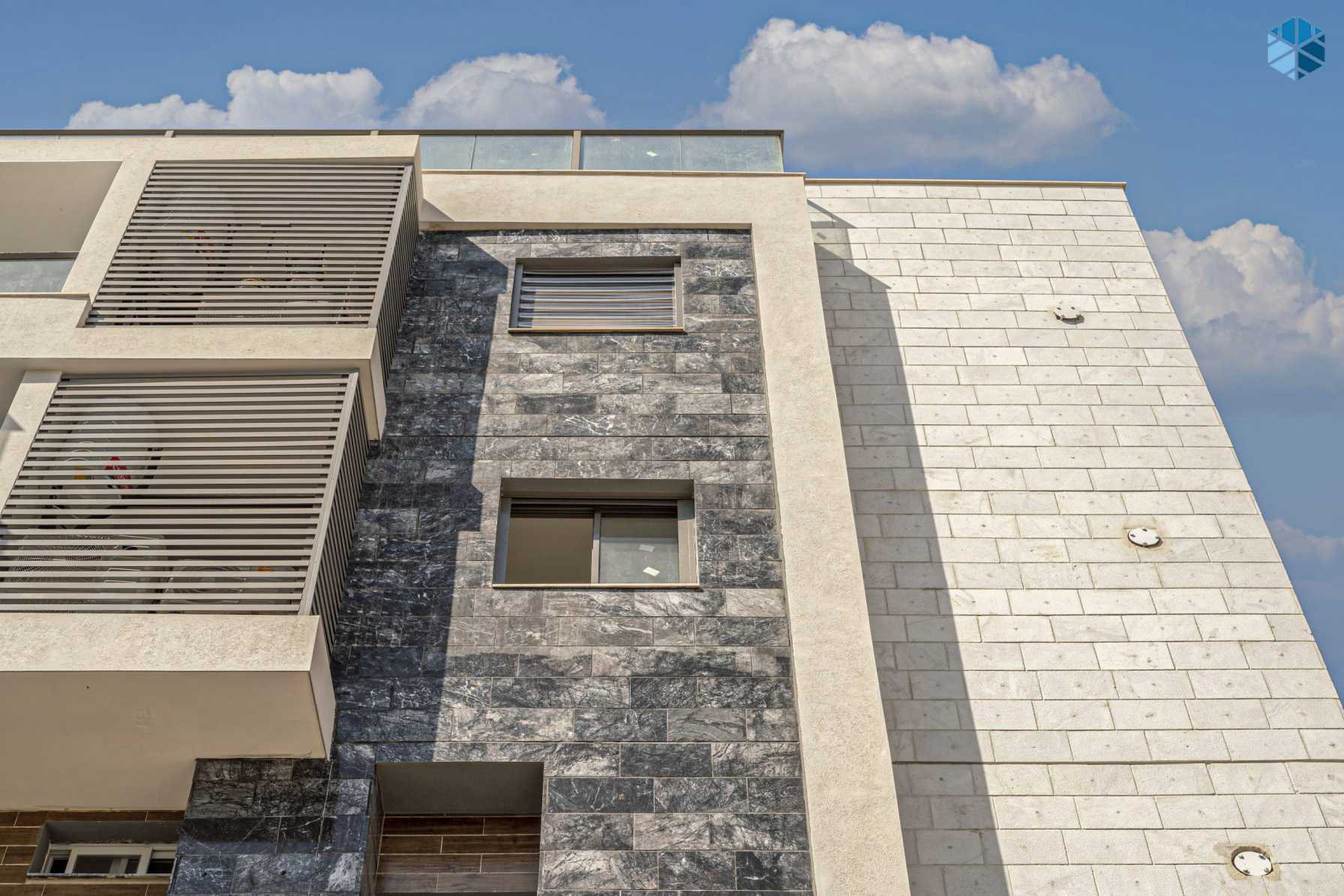
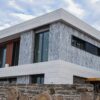
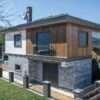
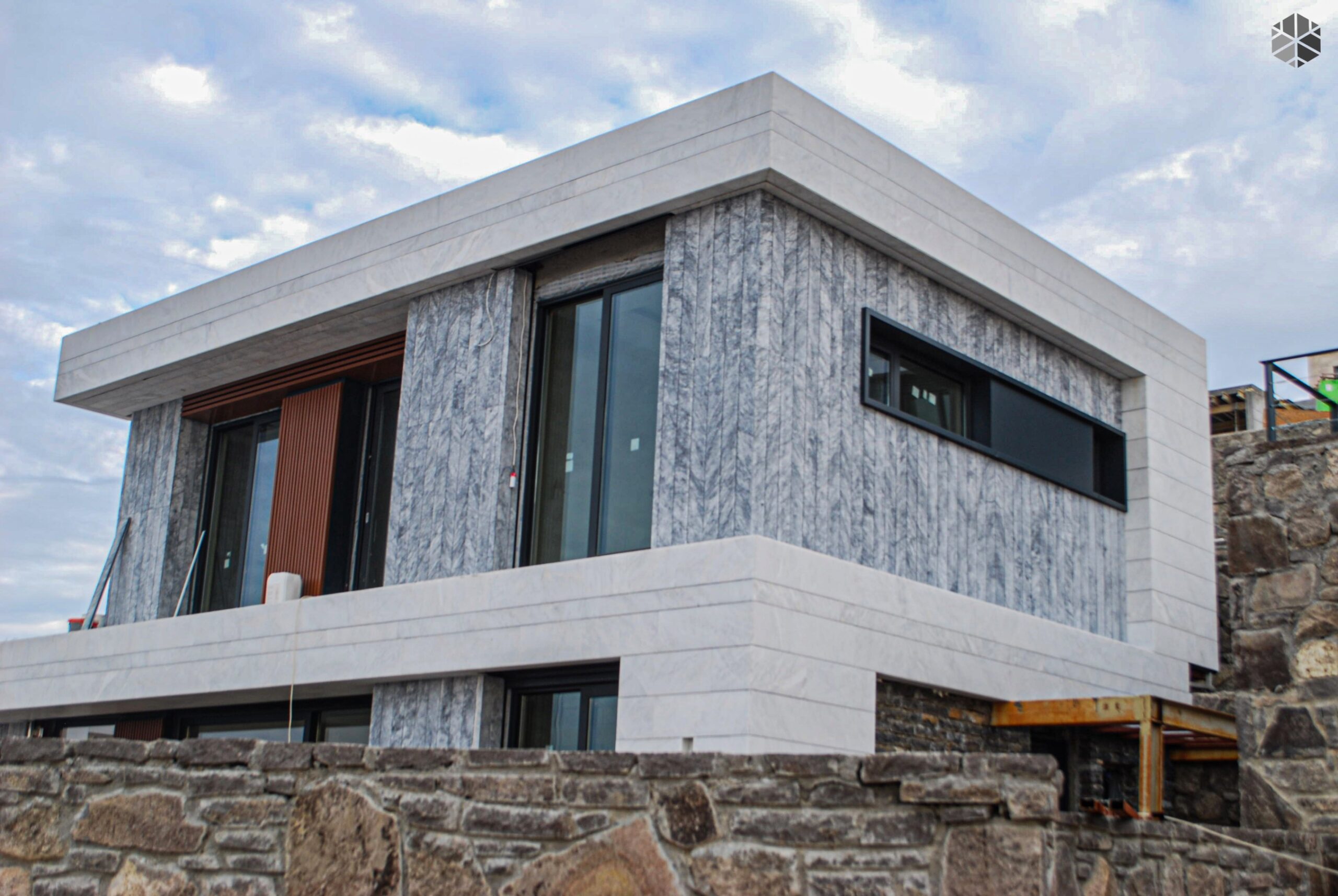
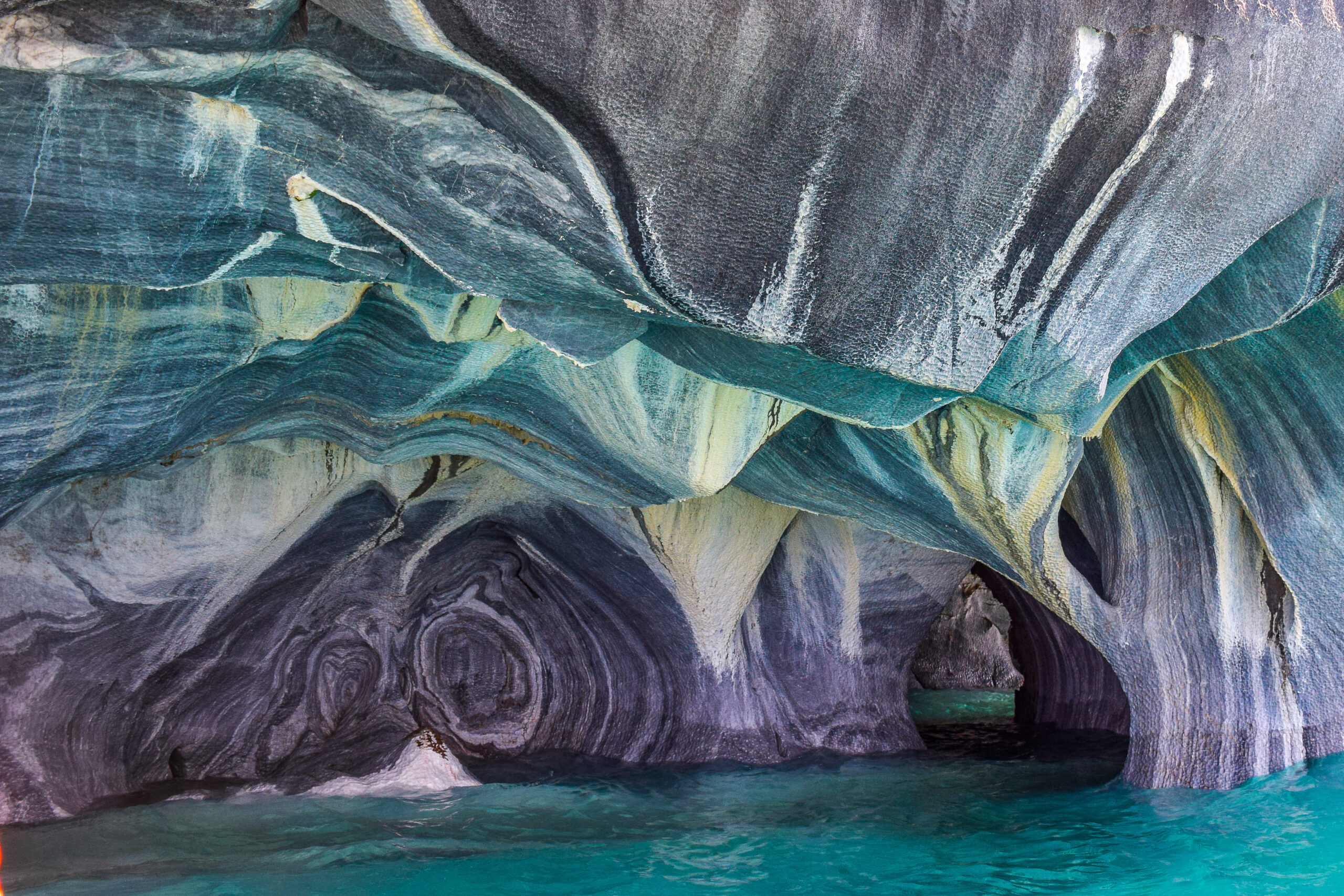
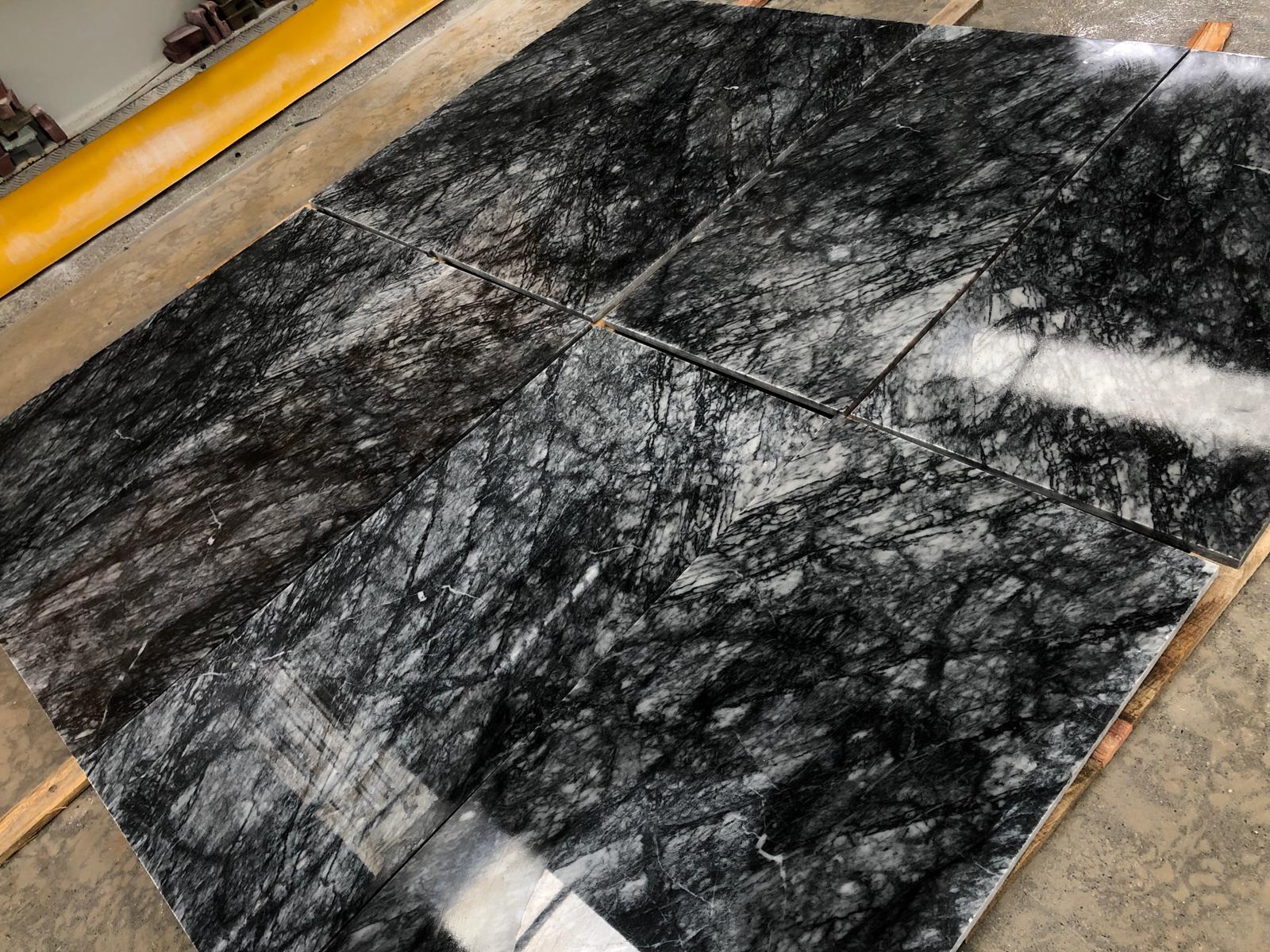
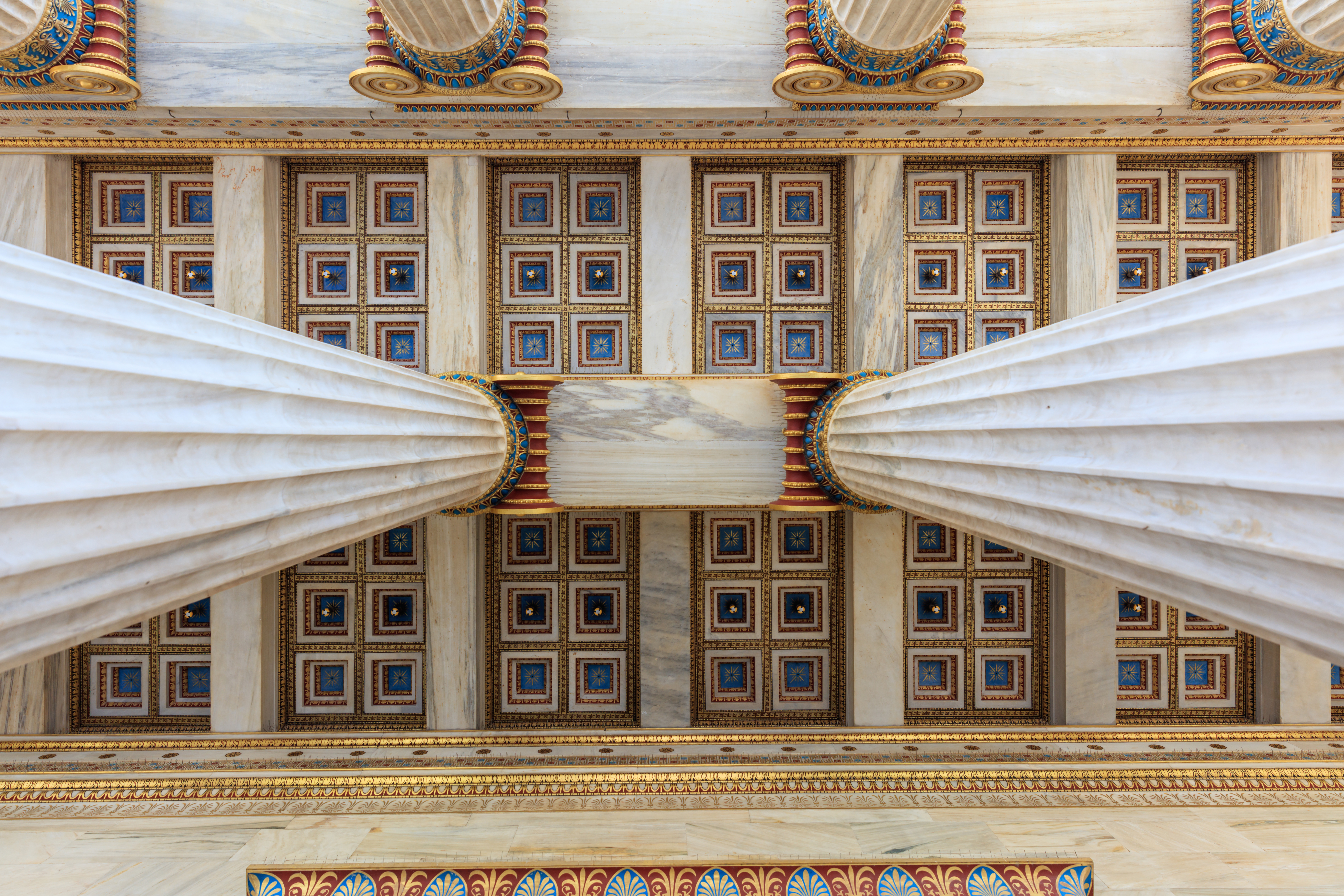
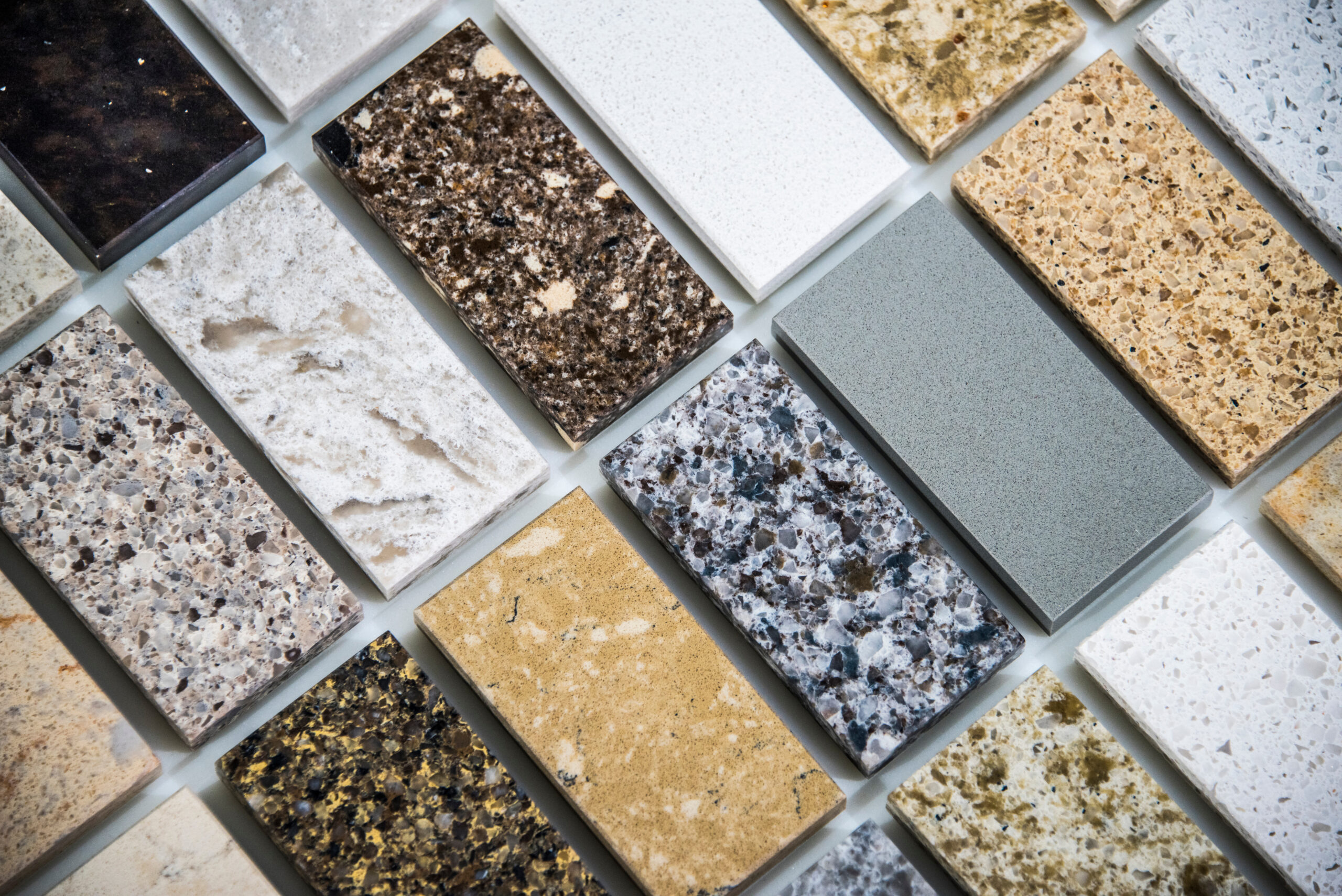
Add comment